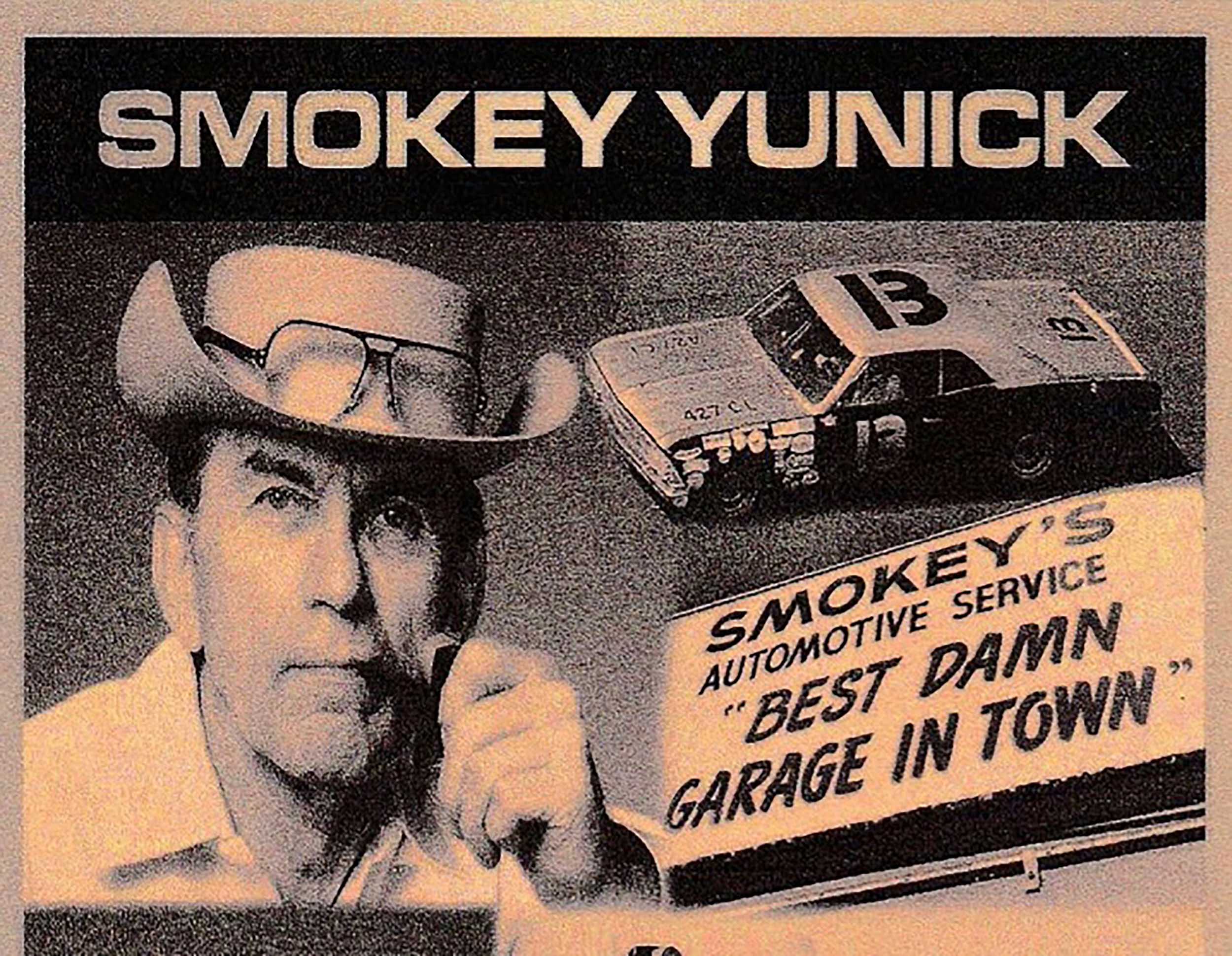- Joined
- Jul 5, 2014
- Messages
- 2,772
I grew up reading about him.

 www.chevyhardcore.com
www.chevyhardcore.com

Smokey Yunick Marker Dedicated Best Damn Garage In Town Site
Smokey Yunick had deeply-cemented opinions that he would share openly at will. Now, a granite marker keeps his legacy alive.


